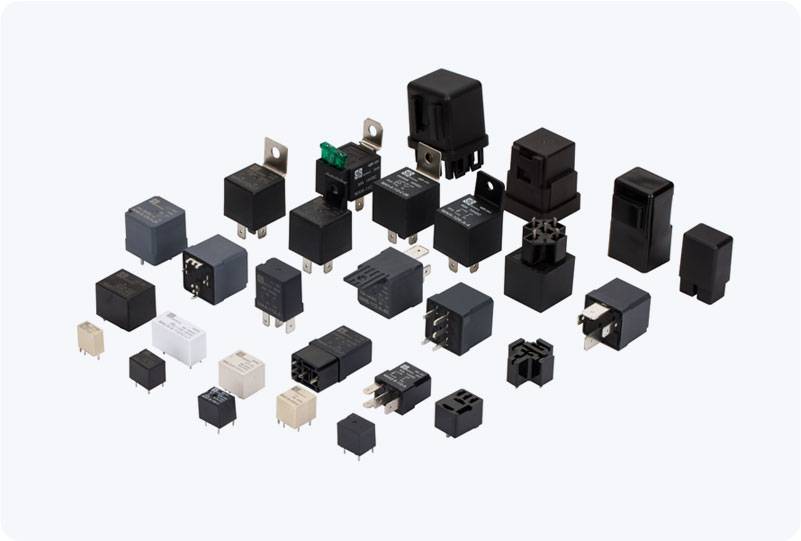A Time Delay Relay (TDR) is an essential component in the world of electrical control systems, used to delay the operation of a circuit or device for a specific period. It plays a crucial role in automating processes, enhancing efficiency, and protecting systems. Whether in industrial machinery, household appliances, or complex automation systems, the Time Delay Relay is a versatile tool that helps manage timing-based operations. In this article, we will explore the working principles, types, and applications of Time Delay Relays.

What is a Time Delay Relay? A Time Delay Relay is an electromechanical or electronic device that controls the time delay between the moment an input signal is applied to the relay and the time when the relay contacts open or close. Simply put, when a signal is received, the relay does not immediately respond. Instead, it waits for a preset time interval before triggering an action, either activating or deactivating a circuit. This delay can be essential in various scenarios, such as controlling the startup of machines, protecting equipment from electrical surges, and managing complex automation sequences.